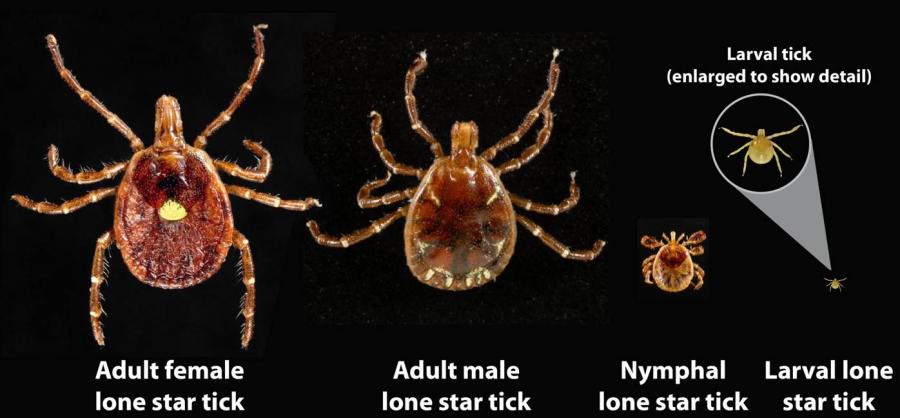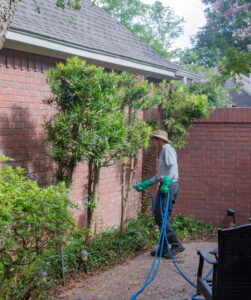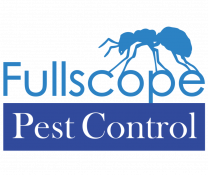Lone Star ticks (Amblyomma americanum) are typically found in wooded areas with plenty of undergrowth and foliage, and especially near animal (i.e., deer, coyotes) resting spots. They can also make their way to your Cleveland, TX yard, and to your pets, and worse yet, to you and your family members. Lone Star ticks are not known to transmit Lyme disease specifically, but these unwelcome pests have a reputation for biting humans aggressively when opportunity presents itself. Lone Star tick larvae do not carry disease, but the nymphs and adults definitely do (e.g., Rocky Mountain Spotted Fever and ‘STARI’ borreliosis).

Can Lone Star Ticks Hurt Dogs?
Adult Lone Star ticks are active from about April until late August, and are most commonly after large animals, such as coyotes, deer, cattle, dogs, and humans in tall, shady grassy areas as well as at the tips of low lying branches. Lone Star females feature a distinguishing single white dot in the center of their reddish-brown to brown bodies. They require a blood meal to reproduce, and after about a week or so, can lay up to 3,000 eggs. Males feature whitish spots or streaks around the outer edges of their body.
Lone star ticks can transmit infectious agents that cause a number of diseases harmful to dogs, such as Ehrlichiosis, a disease that causes vomiting, lethargy, enlarged glands, and bleeding. It can even kill your dog if serious enough a case.
Must Read: CONTROLLING MILLIPEDES IN YOUR CONROE YARD






